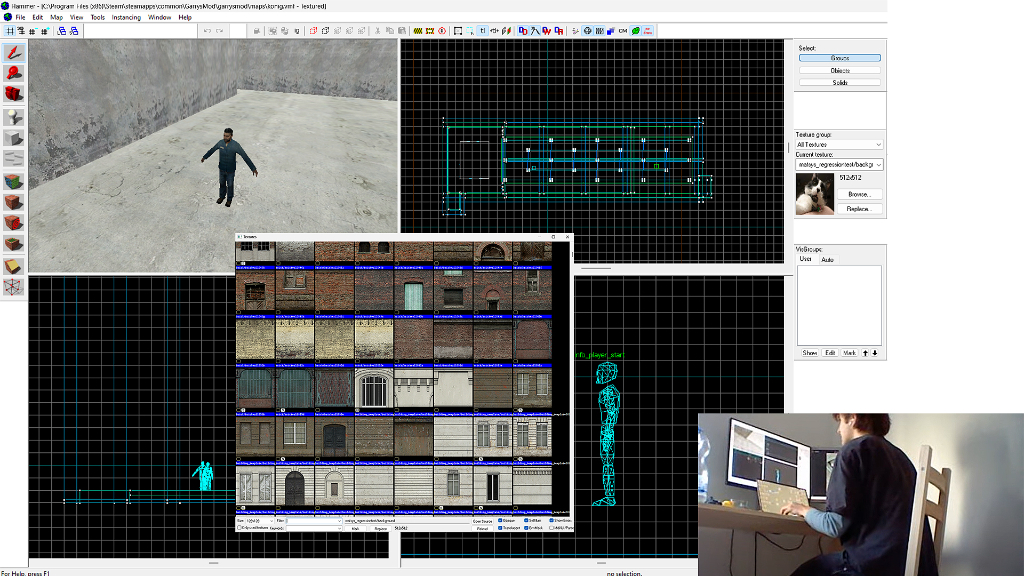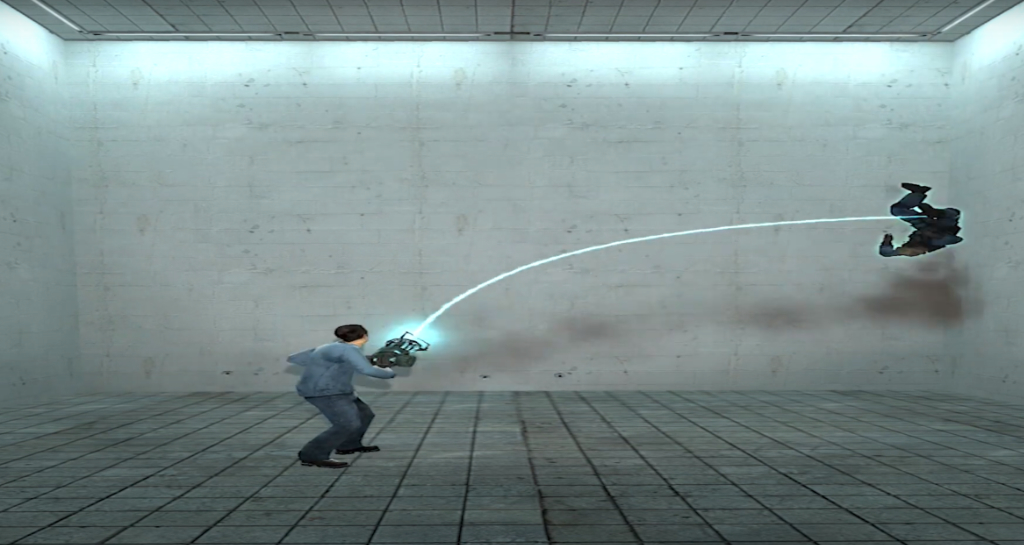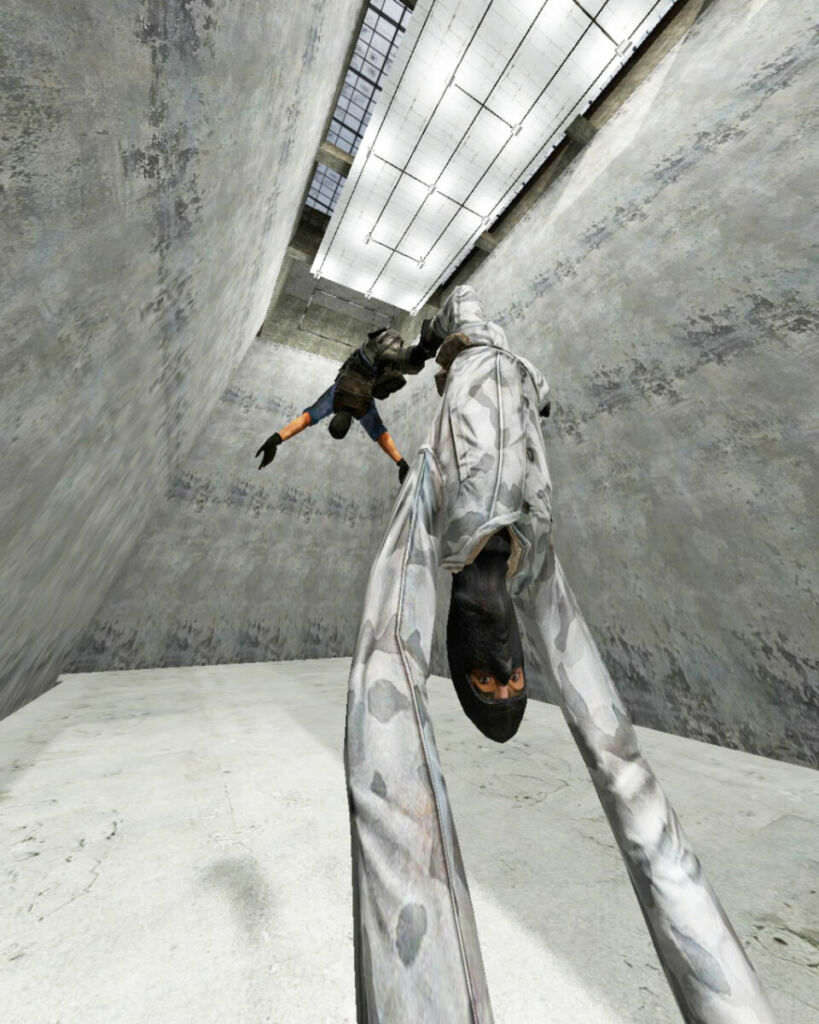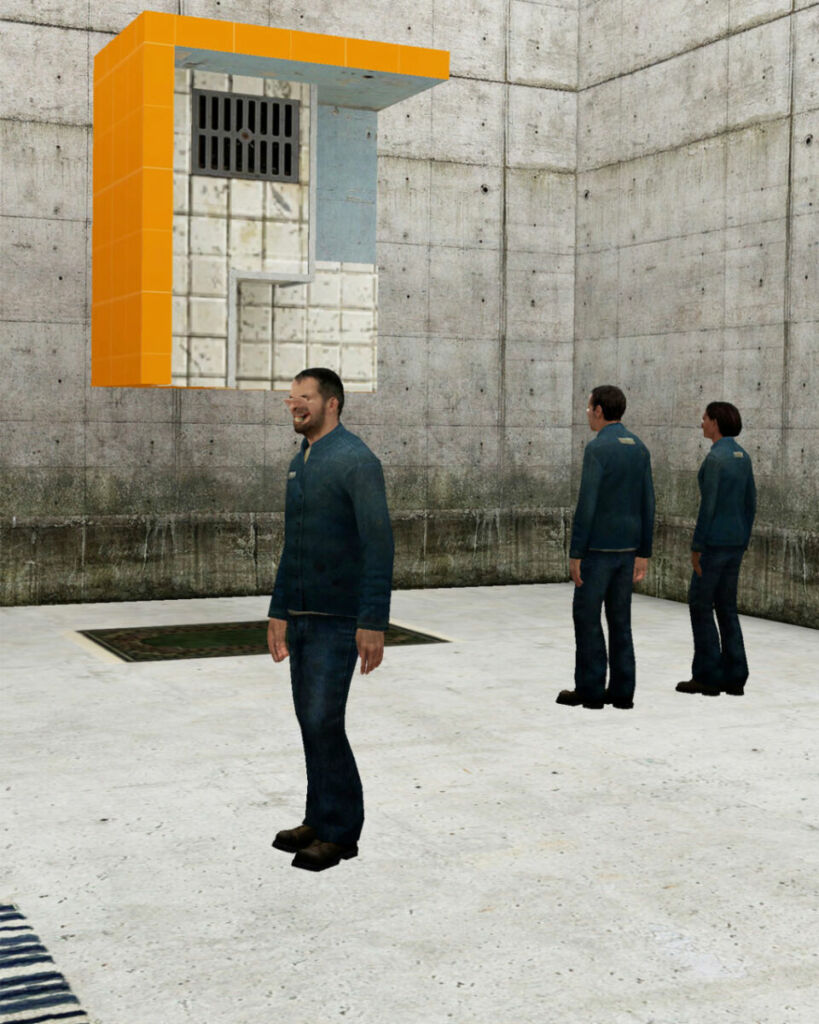Text by Daniela Silva

In the realm of contemporary art and technology, the fusion of digital tools with creative exploration offers a fresh perspective on how we perceive, document, and interact with our surroundings. This intersection has led to innovative approaches that challenge traditional understandings of architectural spaces and artistic expression.
In this context, where the digital and physical realms increasingly intertwine, Brennan Wojtyla’s project, Digital Environments, challenges conventional notions of space and place. Through integrating LiDAR scanning technology with the creative playground of virtual spaces, Brennan not only redefines architectural documentation but also opens up new avenues for creative expression and interactive art. This work, as explored in an interview with the artist, promises to revolutionise how we perceive, interact with, and preserve our environments.
Brennan explains: The capturing and recreation of space is the foundation of this project… With LiDAR, capturing space as an OBJ is straightforward, quickly packaging the air between works of art. This approach to architectural documentation transcends traditional methods, offering a digital preservation mechanism that maintains the essence of spaces and places. By recreating exhibition spaces within the Source engine, the artist indulges in the digital theft of air, challenging the sacredness of physical spaces and proposing a new form of creative trespassing.
The project’s potential for redefining creative expression is vast. Brennan’s background in large-scale architectural projects and an affinity for sculptures and virtual performances allows him to explore the limitless possibilities of video game engines as mediums for art. Something interesting about creating sculptures, performances, and media art through video game engines is the lack of hindrance allowed by the medium, which makes it particularly interesting for me with my large-scale architectural projects. This integration of technology and creativity ensures that ideas remain illogical, fostering an environment where the only limitations are those of the imagination.
The use of machinima (machine cinema) to create sculptures and performances within these digital realms highlights a shift towards a more inclusive and accessible form of artistic practice, unbound by the physical and economic constraints of the real world.Digital Environments significantly impacts fields such as education, virtual tourism, and cultural preservation. My goal is to capture these environments and open them to interactivity in a virtual world. The cultural preservation of places is incredibly important to me and my work, as the stories of architecture can shift rapidly. By making virtual replicas of environments accessible for download, Brennan envisions a future where physical and economic barriers to access are obliterated.





The project aspires to democratise access to cultural and historical spaces, allowing for unprecedented interaction in the virtual world. This approach not only aids in preserving culture but also enhances educational methodologies by providing immersive, experiential learning opportunities. Brennan’s work suggests a new frontier for interactive art and experiential design, where users can manipulate digital spaces free from the constraints of physical reality. Ideas should not be logical. Digital environments allow ideas to remain illogical… The amount of freedom that is present in this medium is huge.
This freedom opens up endless possibilities for artistic expression and audience engagement, transforming the landscape of digital environments. The project encourages artists to explore ideas beyond the realm of the possible, challenging them to imagine and create without limitation.
Perhaps most importantly, Digital Environments offers a unique perspective on community and social interaction in the digital age. Opening a server for people worldwide to explore and experience art installations together is a beautiful thing that can happen with this technology. You can build an environment where someone can express themselves and participate freely without any limitations. Brennan recalls his formative years playing PC games, highlighting the blend of virtual and physical worlds in shaping social experiences.
The project seeks to replicate the communal aspect of galleries in the digital space, allowing people worldwide to explore and experience art installations together. This vision for virtual communities underscores the project’s potential to contribute significantly to our understanding of community and social interaction, redefining what it means to gather, share, and experience culture in the digital age.
Brennan Wojtyla’s Digital Environments challenges traditional notions of architectural documentation and creative expression and announces a new era of digital preservation and interactive art. Its implications for accessibility, virtual tourism, experiential design, and community building are profound, promising to redefine our understanding of space, place, and social interaction in the digital age. As we stand on the edge of this digital revolution, Brennan’s work invites us to contemplate the infinite possibilities of virtual contexts, encouraging a reimagining of our digital and physical worlds.





